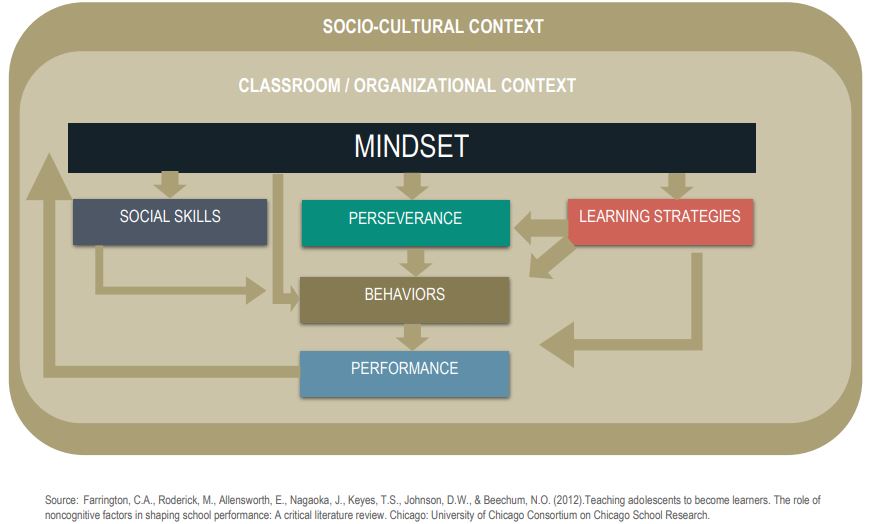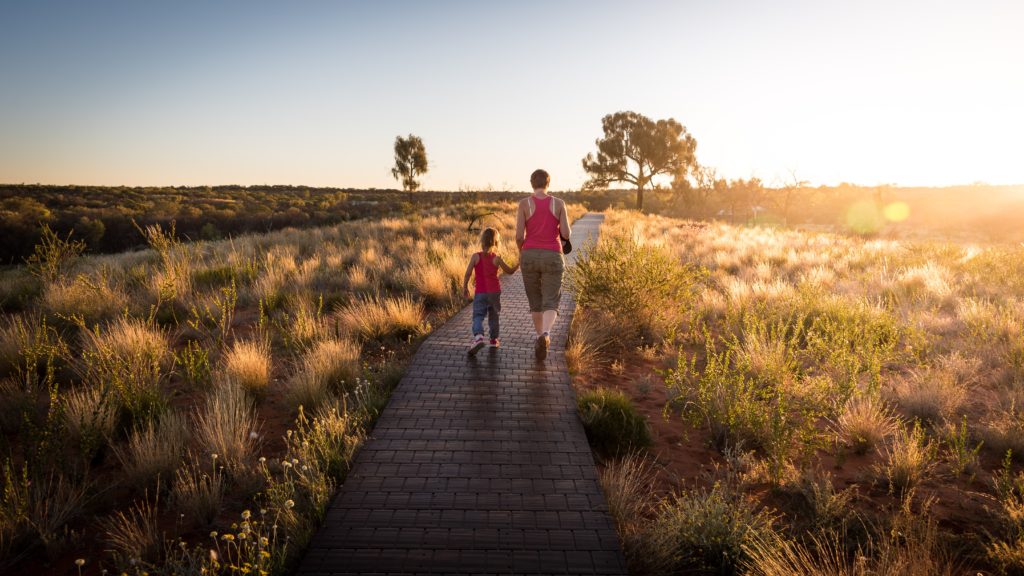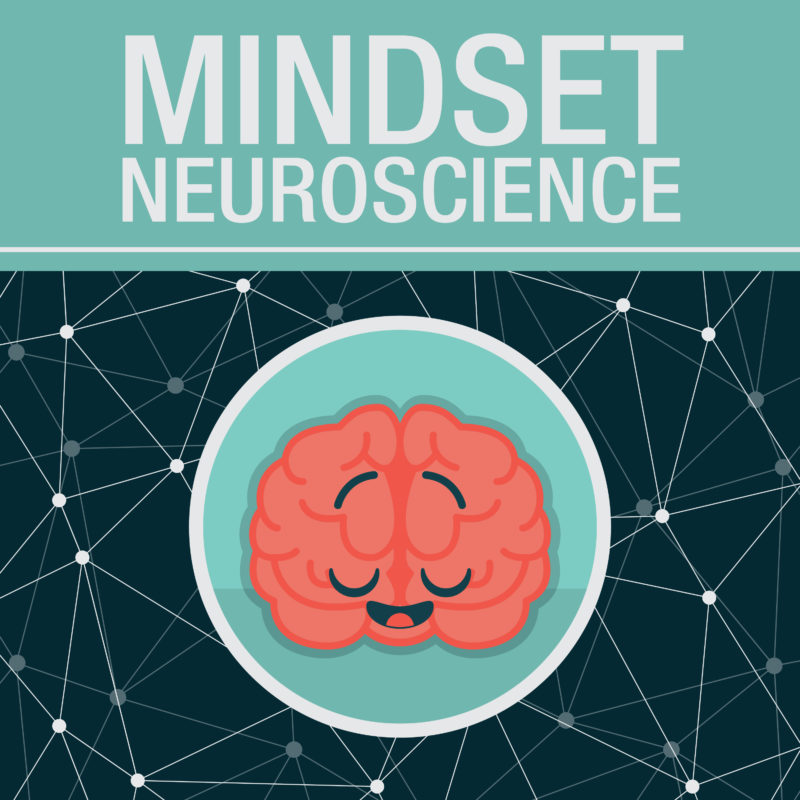Podcast: Play in new window | Download
Most growth mindset interventions don’t work because they focus on:
- changing ‘other people’s’ attitudes rather than on the mindset of the person who is teaching or leading
- catchphrases & posters rather than relationship & trust
- specific results, like improving standardized test scores*
*this is literally the opposite of how mindset shifts create change.
PART 1: The “Have-Do-Be” vs. “Be-Do-Have” paradigm
An ineffective way to create change is called the ‘have-do-be’ approach.
The have-do-be paradigm says that ‘once you have that result, you’ll do the things that make you happy/successful/etc., and then you’ll be happy/successful.etc.
Long-term, meaningful change doesn’t happen in that order.
It follows the ‘be-do-have’ paradigm:
we need to be in a certain ‘state’ (internal, pyschological, physiological),
which then leads us to do things that match that state,
and then we’ll have or get the results that align with those actions and state.
We see this is in research from University of Chicago’s Consortium for School Research – I’ve created my own version of the chart they have, but the flow looks like this:

[Notice that sociocultural context is first: our home, community, social environments have HUGE influences on our mindset.]
BE: Our mindset & internal state guide our social skills, self-regulation abilities, executive function, and perseverance.
All of those are intertwined with each other: perseverance requires executive function (impulse control, for example)
and is best fueled when we are doing things for someone else (social connectedness).
DO: Our ‘non-cognitive’ skills then guide our behaviors (the “DO” part of the equation).
HAVE: And our behaviors (such as showing up for class/work, engaging in discussion, work habits) then lead to the results (the “HAVE” part).
Not the other way around.
For example, an Olympic gold-medal swimmer…
has the internal state and mindset (that she believes she can constantly improve her techniques and abilities),
which leads her to DO the work (swim lap after lap, watch videos of herself, visualize, etc.), which then leads to a result.
Here’s what would NOT work as well for her:
- having a negative or fixed mindset: if she believed people are just born Olympians or not, or that she’s ‘just a lazy person’, then why bother practicing?
- focusing on the result first: she needs her internal (psychological, physiological) state, mindset and noncognitive skills (resisting other temptations, choosing positive thoughts) to help her set her alarm, wake up, and show up at the swimming pool consistently.
If you’re a teacher, leader, parent, counselor…
you need to focus less on getting someone to DO stuff, and more on what their internal state is.

PART 2: WILLINGNESS
But now comes the tricky part: if we want to help someone get into that optimal internal state and mindset, they need to be willing to learn from us and follow our lead.
There are two aspects to willingness:
- the person cannot feel defensive or resistant in our presence. They need to feel trust and connection.
- we tend to be more willing to trust people who are ‘steady’
Think about it: would you trust the advice of someone who constantly contradicts themselves, changes their message and values, doesn’t walk their talk?
Because we’re human and therefore biologically hard-wired to ‘co-regulate’, YOUR internal state will be a HUGE factor that influences another person.
So to help people adopt new mindsets, stop focusing on what they’re doing, and focus on how you are ‘being’.
Focus on your internal state when you are interacting with them.
Just being aware of the ‘be-do-have’ paradigm, and the importance of willingness is the first step… anyone who is aware of these is already ahead of the crowds who are focusing on results and talking about growth mindset without even thinking about trust and relationship.
three exercises to increase your level of steadiness and authenticity so you can captivate your audiences and get them to actually sit up, listen and be willing to hear what you most want to say
Topics covered:
– One needs to be willing to change in order for change to happen.
– Two aspects of steadiness required for a person to project what they stand for.
– We’re all more powerful than we’ve been taught. Our thinking limits us in many ways.
– How to get to the deeper essence of what we are trying to share.
– We teach what we most need or needed to learn. What do you now need to hear, or what did you need to hear earlier in life that would have helped you?
– Creating a sense of willingness that comes from trust and a sense of steadiness that comes from internal state and essence of your message.
– What was it that attracted you to the idea of whatever it is that you feel so compelled to share?
Links:
How to be more authentic when you talk about growth mindset
Self-transcendence and executive function: how to help people live life ‘on purpose’


